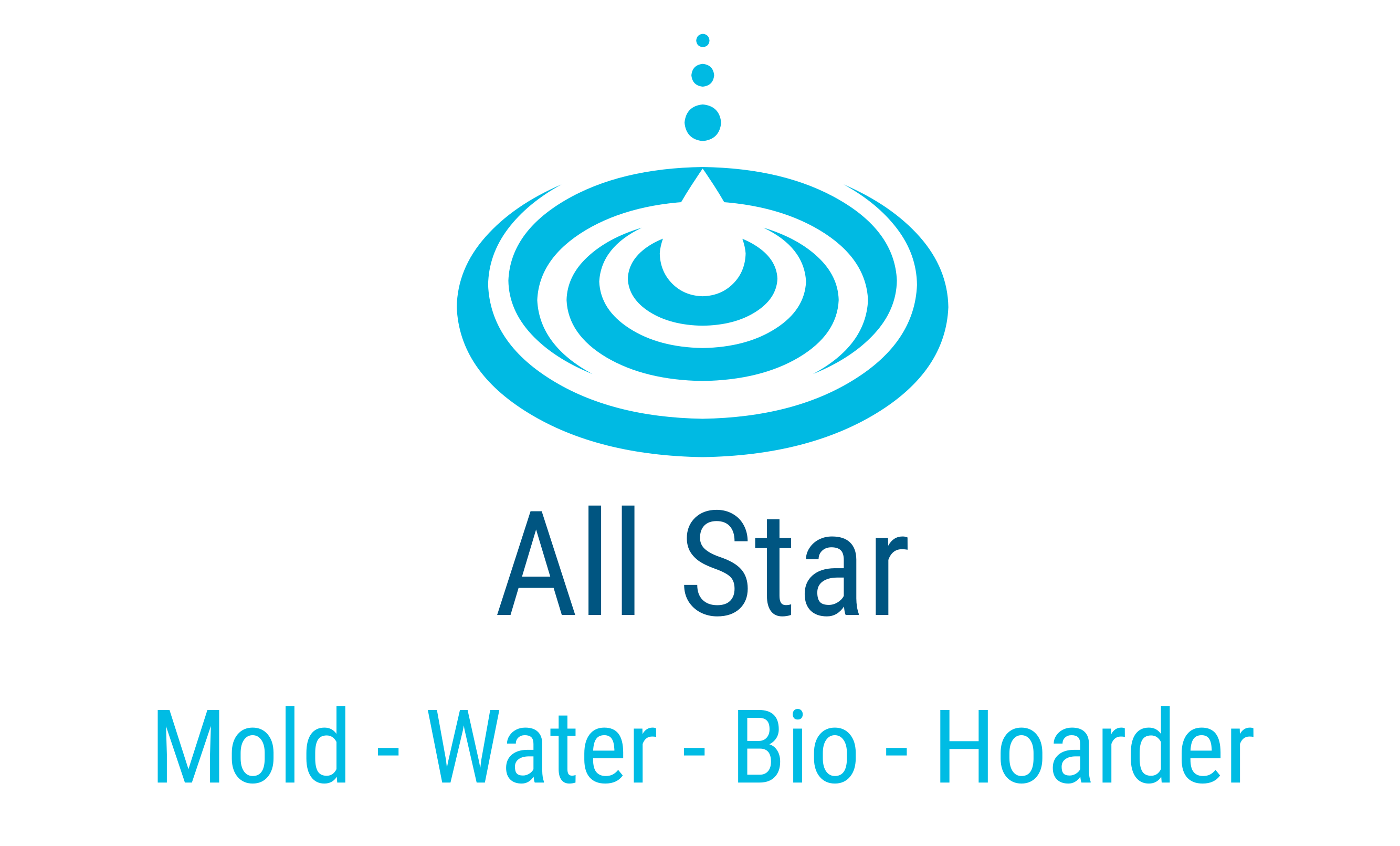How to Tell if You Have a Mold Problem
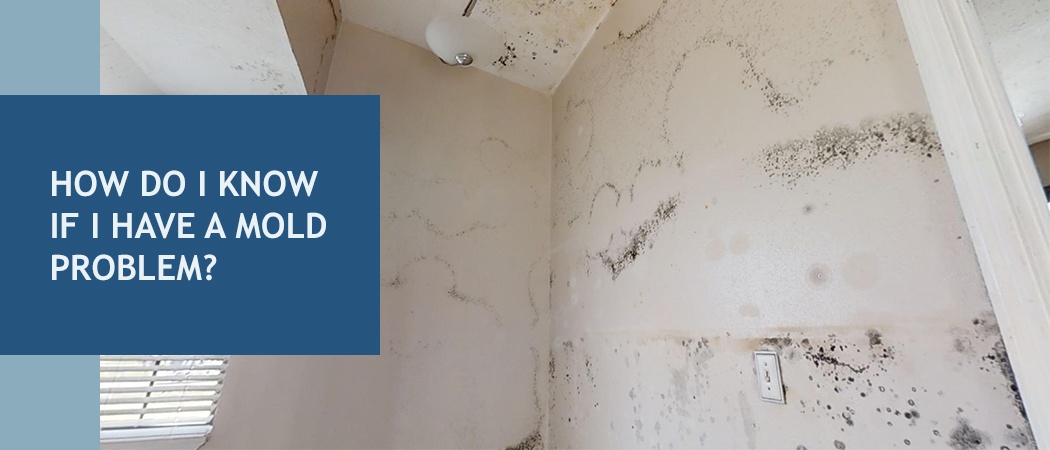
No one wants to find mold growing on their walls, carpets or other surfaces while trying to enjoy the comforts of their home or do business with their customers. Mold can have serious, negative effects on people's health, so homeowners and business owners should be on the lookout for it.
Mold is not always visible to the eye or detectable by the nose. There's a chance you have a mold problem that could be taking a toll on the health of you, your family or your customers. If you live in the San Francisco Bay Area, All Star Mold Testing & Water Damage Inc. is here to help you determine if you have a mold problem and to take necessary action if you do.
What Is Mold?
Mold is a  type of fungi that can grow, survive and reproduce in oxygen and moisture-rich areas. Mold is a natural part of the environment. It aids in the decomposition of organic matter such as plants, dead animals and other organic compounds. You may find it growing on trees or in piles of fallen leaves outdoors. But if mold is growing inside your house or business, you should seek remediation as soon as possible.
type of fungi that can grow, survive and reproduce in oxygen and moisture-rich areas. Mold is a natural part of the environment. It aids in the decomposition of organic matter such as plants, dead animals and other organic compounds. You may find it growing on trees or in piles of fallen leaves outdoors. But if mold is growing inside your house or business, you should seek remediation as soon as possible.
After mold latches onto a suitable object, it begins to reproduce and spread. Its presence on that object will become greater and more noticeable, further increasing its reproduction rate. As mold reproduces, it releases spores into the air. The wind carries these microscopic spores and deposits them wherever they may land, spreading the mold far and wide. Something as simple as an open window on a warm summer's day can lead to mold spores entering your building and growing on your walls and other surfaces.
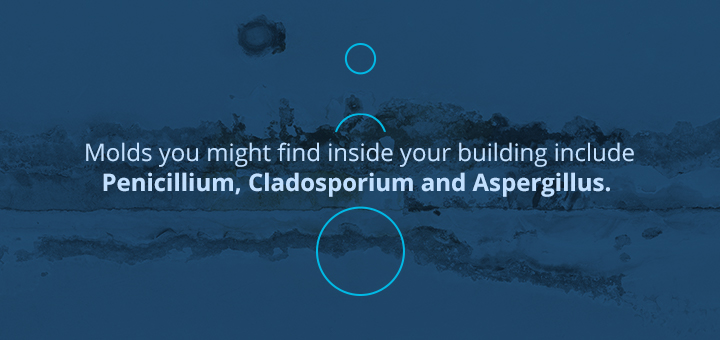
There are many different mold species. Molds you might find inside your building include  Penicillium, Cladosporium and Aspergillus. These are the most common indoor mold species, but the list can go on depending on your location and moisture levels. Many mold species are harmless, but others can cause mild to severe health issues. Mold could exist in your building for years before you notice it, but the negative side effects could begin long before you see anything.
Penicillium, Cladosporium and Aspergillus. These are the most common indoor mold species, but the list can go on depending on your location and moisture levels. Many mold species are harmless, but others can cause mild to severe health issues. Mold could exist in your building for years before you notice it, but the negative side effects could begin long before you see anything.
Mold can either be hard to detect, or you may find it spreading on surfaces rapidly. Here are some common surfaces on which you may find mold:
- Food
- Carpet
- Paper
- Insulation
- Wood
- Walls
To answer the question of how to know if you have mold in your house or business, you need to be able to identify it. Read on to learn more about the characteristics and warning signs of mold.
What Does Mold Look Like?
Mold comes in all shapes and sizes. As a type of fungus, it can take on the recognizable shape that people associate with various types of mushrooms. But mold is often more deceptive in its appearance than a cluster of mushrooms on the forest floor. Mold can exist on a microscopic level that is unnoticeable to the human eye. Its shapes range from white and thread-like to flat, blotchy and multi-colored. It can grow and spread for a long time before it manifests itself within your home.
Mold can be subtle, which is one reason so many people have mold in their home or business for months or years before doing anything about it. A common mistake people make is assuming that a mold problem only occurs when the mold is visible. The truth is that mold can grow into a serious issue behind the scenes, hidden behind walls, in the floorboards or under furniture. Mold can exist anywhere with oxygen and moisture — especially places that are out of sight.
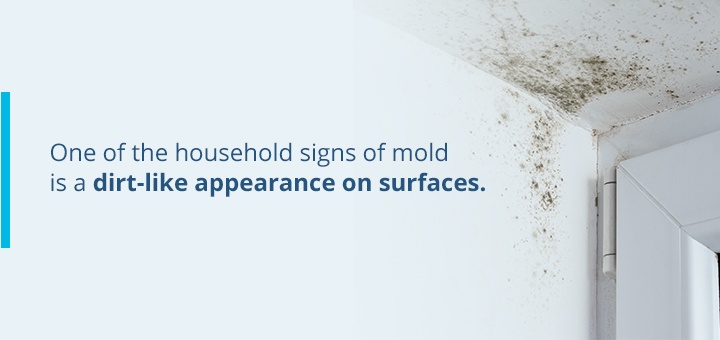
One of the household signs of mold is a dirt-like appearance on surfaces. This appearance may prompt people to attempt to wipe the mold away with a cloth or their bare hands. This doesn't solve the issue — in fact, it aids in spreading the mold around a building. Eventually, mold can grow to its noticeable and recognizable appearance of brown, green or black spots and blotches on indoor surfaces. Sometimes these colors mix and blend, so be on the lookout for the appearance of earthy colors within your home or business.
In extreme cases, mold can leave behind a slimy texture or other residues. These may be harmful to touch, and they're also unpleasant to look at. This is one of the warning signs of mold that tells you it's time to seek professional help from a knowledgeable company such as All Star Mold Testing & Water Damage Inc. If mold has reached a visible state, you may have a bigger issue than you realize.
Ask a professional to take a sample of the substance to determine if it is mold. If so, you need to think about the next steps to remediate your home or business from the presence and damage of mold.
What Does Mold Smell Like?
One strategy for how to tell if you have a mold problem is to be alert for unusual odors in your building. Mold does not always give off a scent, but many species do. This smell can be unpleasant and stand out in your building as something new or odd. The presence of musty, pungent and earthy smells indoors is one of the signs you have mold. You may be able to smell the presence of mold before you see any visual signs.
The consistent smell of mold could begin as a minor inconvenience and become unbearable over time. This depends on the severity of the mold infestation. If the smell is powerful, the issue could be serious. Anytime you smell something that is out of place or unpleasant, you should call an inspector to find out what it is. Smells can be one of the signs of mold in your home or business that tells of a far-reaching issue. Smells waft through the air, and the nature of mold makes it easy for its odor to travel far. As mold grows, it releases microbial volatile organic compounds (MVOCs) that fly into the air. Your nose can detect these MVOCs, giving away the presence of mold.
While an odor can be a dead giveaway that you have a mold problem, it doesn't tell the whole story. The mold's MVOCs can travel through the air, causing smells in rooms far from where the mold actually is. That's why you should hire a professional to check your home or business for mold. A smell in one room can reveal the presence of mold in another.
Warning Signs of Mold in Your Home
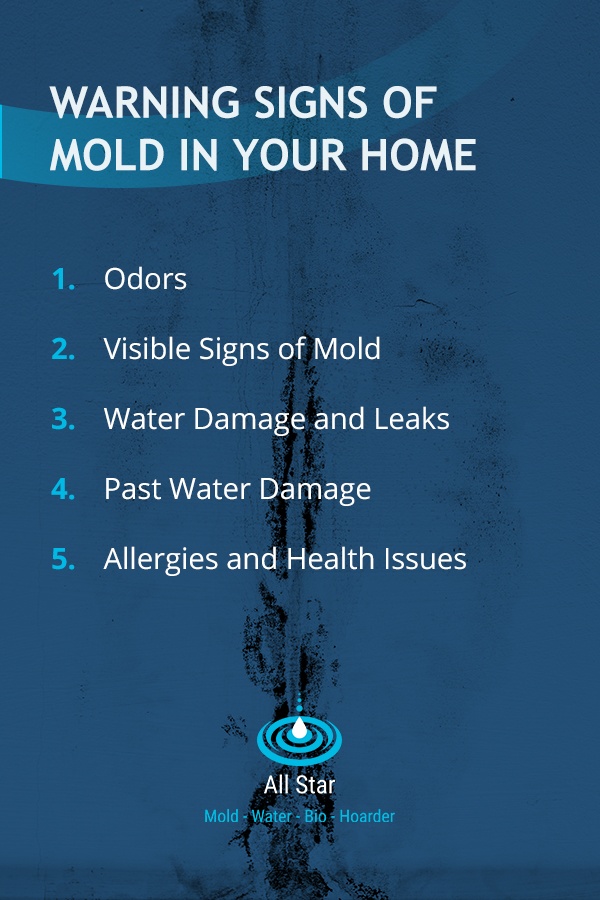
Always be on the lookout for signs of having mold in your home or business. As a homeowner, you're responsible for the health and well-being of your family. At a business, your customers and employees rely on you to provide a safe shopping and working experience. Mold is the culprit behind many health issues. You should take proper precautions before mold enters your building. Sometimes, it shows up despite all your best efforts. Then it's time to get professional help eradicating the mold from the premises.
We've compiled this list of five signs of mold in home and business environments to help you keep the people you care about safe. Some symptoms of a mold problem may be obvious, but others are more discreet. At times, it may be safe to assume mold can appear or is already active within your building. Continue reading to learn about the warning signs of mold in your home:
1. Odors
As we covered, odors are one of the easiest ways to realize you have a mold problem. Mold's sharp, pungent aroma is unmistakable as a foreign smell within your building. Oppressive smells can make it hard for you to enjoy spending time at home. It could also make the work environment difficult to deal with for employees. For these reasons and more, you should seek a solution to the foul odor. Remember that smells can travel, and an aroma could be a sign that there is mold throughout the building — including places you can't see.
2. Visible Signs of Mold
Mold formation can be hard to notice, but if you keep your eyes peeled, you may be able to spot it in its early stages. Think twice when cleaning a random patch of dirt on a wall, as this can actually be mold. And if you find a patch of mold, there could be other cases of mold throughout your building or home.
Sometimes, the presence of mold is obvious, with multi-colored blotches and spots covering your walls. Whatever visual sign you detect, make sure you call a professional to take samples. This will help you find out what kind of mold you're dealing with and how to get rid of it.
3. Water Damage and Leaks
If you experience any water damage or leaking pipes in your home or business, you should take the route of caution and check for mold. Mold thrives in moist environments, so water damage provides a great opportunity for mold to grow and spread. Wet floors, ceilings and walls are prime breeding grounds for mold, and before long, you could have a serious issue on your hands.
When water damage first occurs, clean up the water and dry the area. Fix leaking pipes as soon as you can after noticing them. You may even have to replace sections of your walls and floors to mitigate the chances of mold growing on water-soaked wood. If you're too late to stop mold from appearing, you can at least catch it early before it spreads to other areas of your home or business.
4. Past Water Damage
Water damage can be a mold infestation waiting to happen, and the damage itself doesn't have to be recent. Even water damage that is several years old can raise your chances for a mold infestation if it hasn't already caused one. Consider if there has been a recent case of water damage in your building or any boards or walls you should check up on. Call a professional and ask them to check areas of your building or home that have received water damage in the past. There is a good chance they may find mold in these places.
5. Allergies and Health Issues
Mold is more than an unsightly or smelly intruder to your home or business. It is an organism that can cause mild to serious health issues to anyone in its vicinity. Symptoms can vary, as some people are more allergic or susceptible to mold than others.
Do you find yourself feeling healthier when you're at work or out shopping than when you're relaxing at home? If so, you may have a mold problem at home. Inexplainable health issues can be a sign that you have a mold problem before any other signs appear. Here are some  symptoms of allergies and other health issues that can be a result of mold in your home or place of work:
symptoms of allergies and other health issues that can be a result of mold in your home or place of work:
- Congestion
- Runny nose
- Postnasal drip
- Coughing
- Dry skin
- Red eyes
- Sneezing
- Asthma attacks
Other health issues could arise over time, so it's best to solve your mold problem before any symptoms get worse. People with preexisting conditions are especially susceptible to discomfort in the presence of mold. If you notice anyone's symptoms flaring when they enter your home or business, you may have a mold problem and it could be time to call the professionals.
Contact All Star Mold Testing & Water Damage Inc. for Mold Testing and Remediation Services
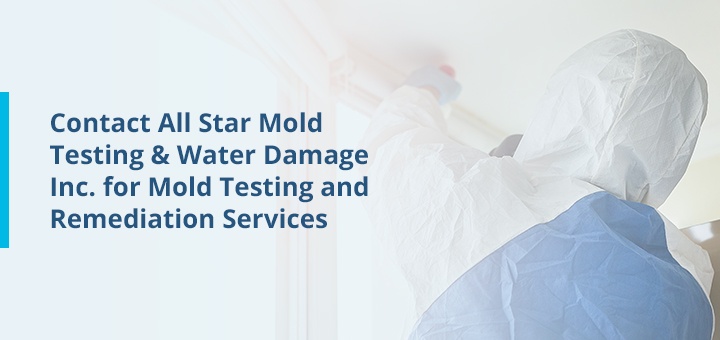
If you're looking for someone you can trust to remove mold from your home or building in the San Francisco Bay Area, we're the company for you. We've been taking care of mold and water damage in homes and businesses for over 19 years. With our great customer service and support, we're confident we can meet your needs.
Our skilled professionals can  inspect your building and test for mold. If the test comes back positive, we can begin the
inspect your building and test for mold. If the test comes back positive, we can begin the  remediation and removal process to return your building or home to a safe, inhabitable environment. Call 1-800-813-7704 to talk to one of our representatives or
remediation and removal process to return your building or home to a safe, inhabitable environment. Call 1-800-813-7704 to talk to one of our representatives or  contact us online today to learn more about how we can help.
contact us online today to learn more about how we can help.
